Cloud technology has come a very long way over the years, and about 87% of Fortune 500 companiescurrently use at least one cloud computing platform.
Google Chronicle and Splunk are cloud services that are designed to allow organizations to privately retain, analyze, and search through security and network elements. An enterprise can use them to organize and analyze data to provide insights and context on risky activity.
You can look at Google Chronicle vs. Splunk to determine which is best for your organization. Each has advantages and disadvantages, so understanding these will help you choose between these cybersecurity products.
Let’s dive in so you can decide which you should be using
Collaboration and Social Business Intelligence
Splunk can collect logs from a range of company assets. This includes networks, devices, social media platforms, and supporting security tools. From this, it can generate accurate reports and security data.
Many organizations have multiple log sources that contain related data. Splunk can automate correlation and triangulation so that all this data can be observed in a clear manner.
Google Chronicle has a range of features that allow you to extract security data from various sources, regardless of the data size generated. This makes it much easier to identify and eliminate security threats throughout networks.
Cloud Business Intelligence
In today’s world, the importance of cyber security cannot be understated. Splunk lets security teams simplify operational security intelligence by turning it into enterprise activities.
This covers private, public, and hybrid cloud architecture. Splunk’s Enterprise Security Product provides continuous security monitoring with near real-time incident responses whenever it discovers a threat.
It also has investigation capabilities and threat intelligence. This uses machine learning and advanced data analytics to improve threat detection.
One of the most useful Google Chronicle features is that it acts as a SEIM (security information and event management) tool for most Google Cloud applications. For many companies, this means it will be easy to integrate.
As it’s built on core Google infrastructure, its storage features are infinitely scalable. It can easily capture and evaluate cloud data to receive threat intelligence.
Chronicle’s threat detection features are backed by Google Cloud Security expert teams. This includes VirusTool, their in-house threat intelligence platform. As it’s vendor-neutral, you can deploy Chronicle with varying cloud architecture.
Mobile Exploration Authoring
Splunk features a suite called Splunk Mobile that enterprises and security teams can use to monitor and manage security incidents. It’s suitable for both technical and non-technical users.
It has a simple mobile dashboard that helps with decision-making. Authorized decision-makers can use the application to take specific actions based on the reports and alerts they receive.
Chronicle also has extensive mobile features that give security teams authoring capabilities. It’s worth noting that there isn’t a dedicated mobile app for this, but it can still be used on a mobile device.
It allows authoring for individual devices and through the cloud it can make reports fully accessible. Authorized users can then take suitable actions from any location.
Splunk has had a lot more experience in SEIM than Chronicle, but that doesn’t necessarily make it better. Google Chronicle has come a long way in a short time. Chronicle Backstory has shown that a lot more mobile developments are in the works and users can expect new features soon.
Analytics, Dashboard, and Interactive Visualization
Both analytics and threat intelligence can be very complicated areas. Google works to simplify this in Chronicle through automation.
Its VirusTool offers automatic threat detection and analysis alongside an analytical engine that can discover both known and unknown threats.
Another solution it uses is Uppercase, which provides built-in threat signals with every discovery. Chronicle’s dashboard is customizable so you can set it up to show the results of its automated analytics. This can give you a clearer insight into security incidents.
Splunk also has a customizable dashboard that offers various features such as:
- Asset investigator
- Statistical analysis
- Visual anomaly detection
- Protocol intelligence
It offers a Natural Language Platform that security teams can use to analyze collected data through voice searches. Additionally, it has visualization options such as Splunk TV and Splunk Mobile. This gives security teams different options for accessing security data.
For enterprises that don’t have a huge amount of technical experience, Chronicle’s automated analytics feature can be invaluable. On the other hand, Splunk’s visualization options and customizable dashboards are typically considered more impressive.
Customer Experience
With any software, user experience is a crucial factor. While both platforms seem to have a lot of positive feedback from end users, the aspects that this feedback focuses on vary.
Splunk’s feedback is centered mostly around its extensible features as well as its threat detection and incident response capabilities. It also has some negative feedback, and this generally relates to how the platform isn’t particularly easy to configure. Some users also seem displeased with the cost of the services Splunk offers.
Chronicle has a lot of positive feedback in terms of how user-friendly it is alongside its automation of threat detection and incident response. Many users also seem pleased with the affordability of its subscription rates. The negative feedback typically relates to the limited visualization options the Chronicle offers.
Platform Administration
Chronicle is easy to use, essentially functioning as a plug-and-play SEIM solution. It’s ideal for organizations that don’t have much technical knowledge. It’s a turnkey solution that can be implemented with ease.
Splunk requires more configuration to function at its full capacity. While this can take some time, it makes it a very flexible platform. It offers customizable threat detection and response strategies, but there’s a learning curve that users must get through to use it properly.
Google Chronicle vs. Splunk: Which Should You Choose?
When looking at Google Chronicle vs. Splunk, it can be difficult to know the best choice. Splunk offers more features overall, but Google Chronicle is easier to use and generally more cost-effective. You should consider the needs of your organization alongside the features of each platform.
Cybriant is an MSSP providing security services to protect businesses from advanced threats. We’ve helped improve the security capabilities of more than 1,400 clients over the last seven years. Take a look at our services page to see more about how we can help your business.g



